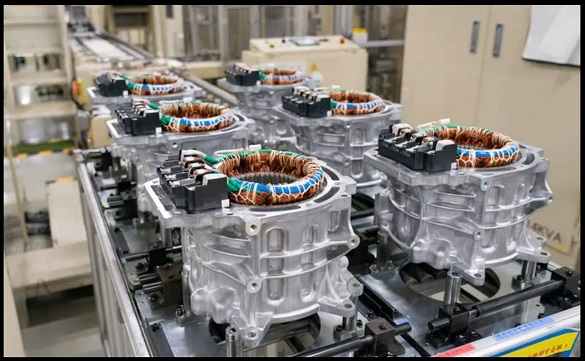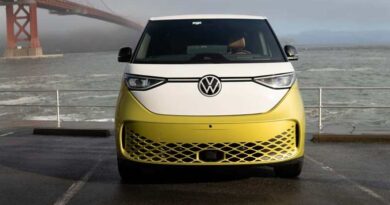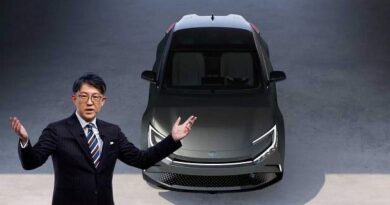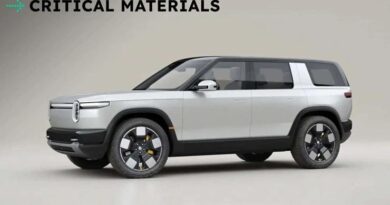Nissan is going to standardize its hybrids and electrics to reduce costs (and hopefully prices too)
Nissan is going to standardize its hybrids and electrics to reduce costs (and hopefully prices too)
Nissan has devised a way to reduce development and production costs in its range of hybrids and electrics. They have just presented prototypes of a new engineering approach with greater standardization and modularity: 3-in-1 and 5-in-1. We will see the result before 2026.

Nissan has an electrification strategy that goes on two fronts. On the one hand, there are 100% electric cars such as Leaf or Ariya, and on the other hand serial hybrids with a gasoline engine, although the traction is always electric, the Nissan e-Power, currently (in Spain) Qashqai and X-Trail. The first technology was a reality in 2010, and the second in 2016.
Yes, Nissan has a record in its history, starting with the brief Tama Electric that was produced in small numbers in post-war Japan. It was not a Nissan but a product of the Tachikawa Airplane Company, a forerunner to Prince Motor, which merged with Nissan in 1966.
A few hours ago, Nissan has presented its electrification strategy at a more elaborate level. The development of the packaging of components of the powertrain will have a new approach, which they have baptized as “X-in-1” or “1-in-X” in Spanish, which implies standardization and modularization of the components common to both solutions. The “X” makes algebraic sense, a letter is replaced by a number.
Since e-Power hybrids have an electric drive motor, there is plenty of room for component standardization. There are three that are the same in function: the electric traction motor, the reduction gear (the “gearbox”), and the inverter.
The series hybrid solution has two other components, the motor-generator connected to the internal combustion engine and the step-up gear to make the generator spin faster than the gasoline engine. All components are packaged in a more compact and lightweight solution.
But the most important advantage at the industrial level is cost reduction. Based on what the production of these central components of the powertrains cost as a basis, Nissan calculates that by 2026 30% less will be spent, which brings price parity closer between the e-Power and the current gasoline “a Palo Seco” in 2025.
Nissan wants to provide electric mobility to the general public, even if a pure electric car cannot be afforded. The Nissan e-Power is as similar as possible since the gasoline engine does not participate in the drive mechanically, so at the touch level, it is something different from what it always is, like gasoline connected to a CVT or manual box.

On the other hand, the reduction in costs is related to a lower use of rare earth, that is, components that are difficult to obtain due to the necessary transformations, not so much due to their scarcity. The new engine will contain less than 1% heavy rare earth elements.
This standardization will be key to achieving the ambitious electrification goal set in this decade. By the end of the fiscal year 2030 (March 31, 2030), Nissan will have launched 27 new models, 19 of which will be either series hybrids or pure electric. It’s all part of the “Nissan Ambition 2030” plan.
On the other hand, the standardization and modularization effort can help to make the designs less dependent on the packaging, leaving room to increase the space in the passenger compartment since the mechanics condition the front part less, as well as the lowering of the center of gravity.
For example, we can see in the video on these lines (from minute 2) that the packaging of the new e-Power has some components facing forward, remaining in a lower position than if they were perpendicular to the ground. That lowers, however little, the center of gravity.
e-Power technology is transitional. Few manufacturers have opted for something similar since the vast majority of hybrids either work in parallel (both engines push the wheels through a mechanical transmission) or allow both types of operation (combined system) as necessary. Renault and Mitsubishi use combined systems.
Related Post



